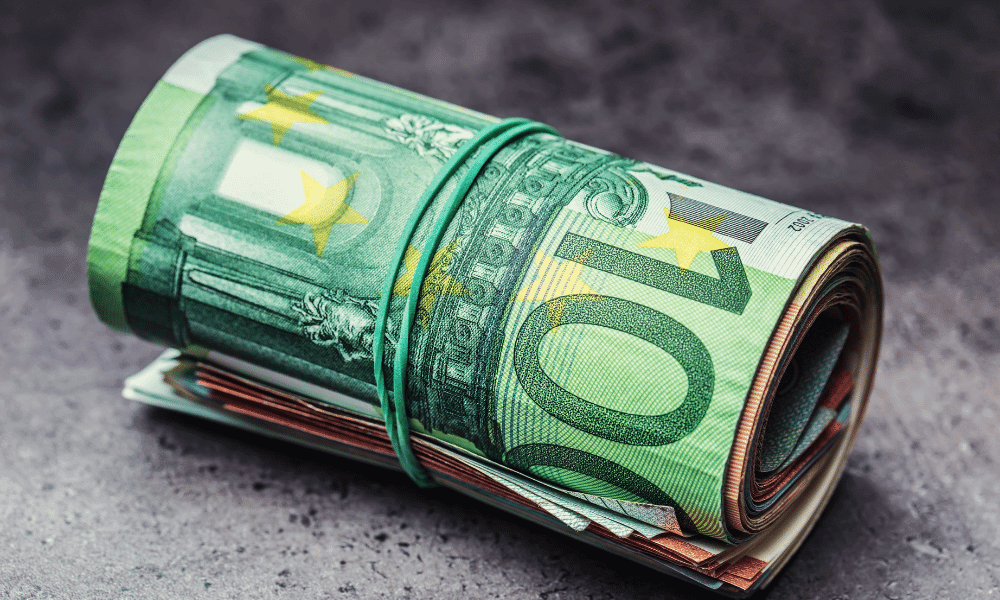
HONG KONG (Reuters) - The euro was set for its worst week versus the dollar in nine months, as the war in Ukraine and the prospect of sustained high commodity prices continued to drag on expectations of European economic growth.
Adding to worries in early Asian trade was news Ukraine's Zaporizhzhia nuclear power plant, the largest of its kind in Europe, was on fire early on Friday after an attack by Russian troops.
Reuters could not immediately verify the information, including the potential seriousness of any fire.
That sent the euro down a further 0.48% to $1.1009 its lowest since May 2020. It has lost 1.84% this week, which would be the euro's worst week since June 2021.
The dollar in turn slipped 0.15% on the safe-haven yen on Friday morning, following reports of the fire, though with gains elsewhere, the dollar index, which measures the currency against six peers rose 0.3%
Russian forces were continuing to surround and attack Ukrainian cities, on the eighth day of their invasion, including Mariupol, the main port in the east which has been under heavy bombardment.
"This war will be devastating for Ukraine. As for Russia, the short and longer-term implications will definitely hurt the economy. But EU countries will also be among those which will be hit the most by these sanctions," said analysts at ING.
They said the effects of surging energy and gas prices could undermine the industrial and private consumption rebound that had been expected following the easing of COVID-19 restrictions and was also likely to slow European Central Bank policy normalisation.
"At next week's ECB meeting, any hints of rate hikes are out of the question," they said.
| ✅Claimed In 2022 Three Most Effective Trading Indicators For Forex Traders |
In contrast, the U.S. Federal Reserve is all but certain to hike interest rates at its March 15-16 meeting for the first time since the pandemic.
Fed chair Jerome Powell, overnight repeated his comments from Wednesday that he would back an initial quarter percentage point increase in the Fed's benchmark rate.
Elsewhere, sterling was on the back foot at $1.3326, while the Australian dollar edged off its four-month top on news of the fire.
Higher commodity prices resulting from the war have caused the Aussie to climb steadily in recent weeks.